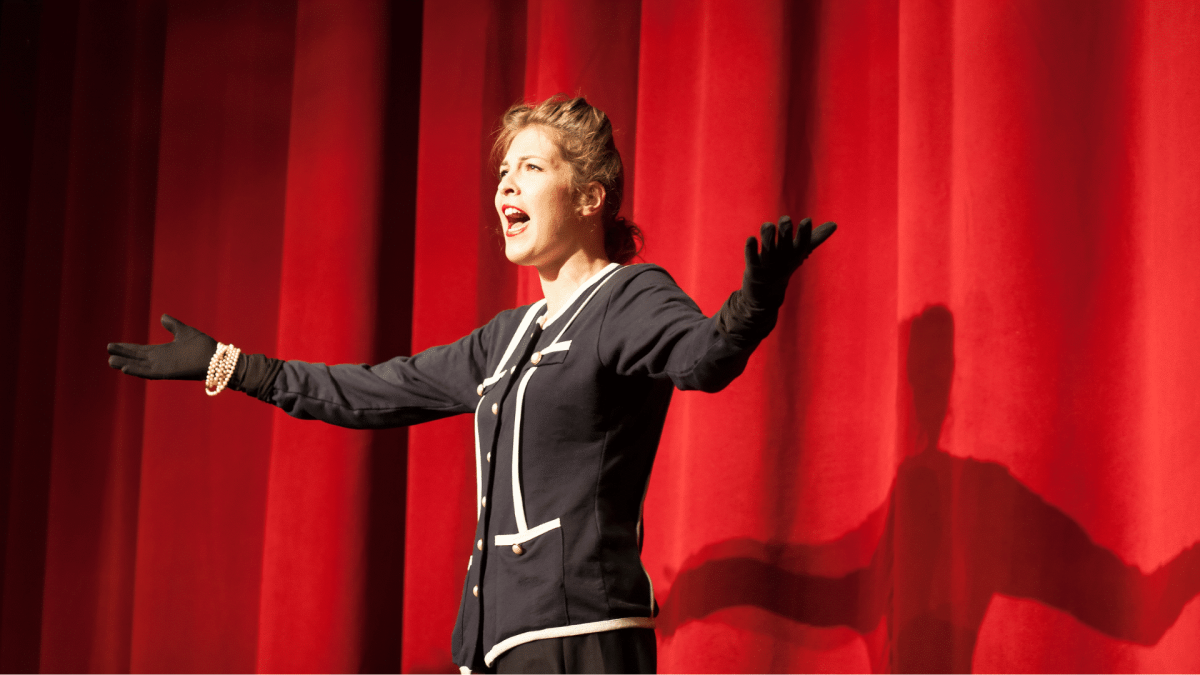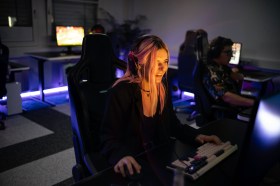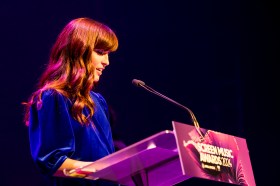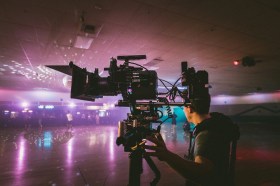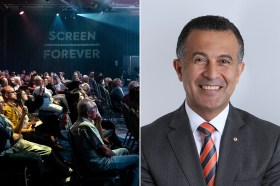Evi Stamatiou, University of East London
As an actor and teacher of method acting, as well as a mother, I was surprised by Natalie Portman saying in a recent interview that method acting is a ‘luxury women cannot afford’. The actor was questioning how acting processes – most of which have been created by men – clash with parts of the female experience, such as motherhood.
Referencing her experience with the 2016 film Jackie (for which she was Oscar-nominated), Portman explained: ‘I don’t think that children or partners would be very understanding of, you know, me making everyone call me “Jackie Kennedy” all the time.’ However, having used the method style successfully for more than 15 years, I believe there is a way to make it work for women.
Portman was speaking to promote her new film, May December, in which she portrays Elizabeth, an actor cast in a biopic as a sex offender who went on to marry and have children with the underage boy she had seduced.
Read: How to make it in Hollywood: Australian actors and directors share their insights at SXSW Sydney
Elizabeth is presumably a method actor – at one point in her preparation, she sleeps with the victim herself, who is now a grown man. But immersion into the life of a character is not the only way to apply method acting.
Many ways to approach method
No one acting method works for everyone. Most accounts of the method style focus on male actors misbehaving under the guise of the character. For example, when Jared Leto starred as the Joker in Suicide Squad (2016), media coverage focused on his decision to gift his costars a range of disturbing items, including used condoms.
However, as I argue in my recent research, method acting can empower marginalised social groups including women. This is because it prioritises the actor’s internal process and real-life experience over scripts and fictional characters.
This highly influential technique requires self reflection from the actor, in particular exploring what moves and excites them. Alongside movement and voice exercises, visualisation exercises offer a unique approach to developing the actor’s imagination.
Through visualisation exercises, method actors can blend their real memories with those of their character. This then informs the characterisation processes.
My own method training was accompanied by reading Russian theatre director Yevgeny Vakhtangov’s writing about the actor’s process. I believe the Vakhtangov-informed version of the method is most beneficial for female actors.
For example, Vakhtangov said: ‘We don’t need characters, characterisations. Everything you have makes up your characterisation; you have individuality – this is your character.’ This contradicts the idea that a method actor would lose themselves into a character, going to the extreme of asking family members to call them Jackie Kennedy, for example.
Similarly, Vakhtangov considered ‘an actor’s own appearance, plasticity, and voice [as] more appropriate than the manufactured characterisation’, urging the actor to ‘transform by the power of their inner impulse’, while preserving their ‘God-given face’ and ‘God-given voice’.
Vakhtangov considers it key for the actor to find emotional and experiential associations between themselves and their character, so they can bring their own authentic experience to their acting. Through the visualisation exercises, actors discover their own emotional ‘buttons’ which they can then push as appropriate for a role.
Read: 9 ways to help you deal with creative rejection
The above understanding of the method does not align with Elizabeth’s immersive, literal process in May December. Using the Vakhtangov approach instead, Elizabeth would invent and visualise controversial actions from her own life and her own emotional responses to such actions, to consider which could benefit her performance.
So even though the audience watches a sex offender at ease with their sexual crime, the actor’s private creative reality would orient around moments drawn from her own experience.
The benefits of method acting
Method acting develops actors who know themselves well enough to trigger emotional responses when acting, while protecting themselves from emotional harm. Self-care is an important part of this. Actors are discouraged, for example, from thinking of loved ones who have recently passed away during visualisation exercises.
In May December, if Elizabeth remained within her own sphere of experience, she would protect herself from the disturbing visualisation of the sex offence that could be traumatising. Keeping the visualisation in control would also keep in check the emotional responses that she would lend the character, allowing for a repetition of the process for the multiple takes.
I suggest that my students use method acting only to solve a problem, such as an emotionally demanding scene – not throughout a film or play. This means that they can choose when to let go of their own emotional buttons.
Contrary to Portman’s comments, I believe that method acting can deepen women’s experiences both on and off screen. A role could inspire an actor to find in themselves a more self-caring mother, for example, or a more assertive partner. Method acting should be envisioned, not as taking work home, but as taking home a playful sense of self-knowledge and self-exploration.
Evi Stamatiou, Senior Lecturer in Acting for Stage and Screen, University of East London
This article is republished from The Conversation under a Creative Commons license. Read the original article.
